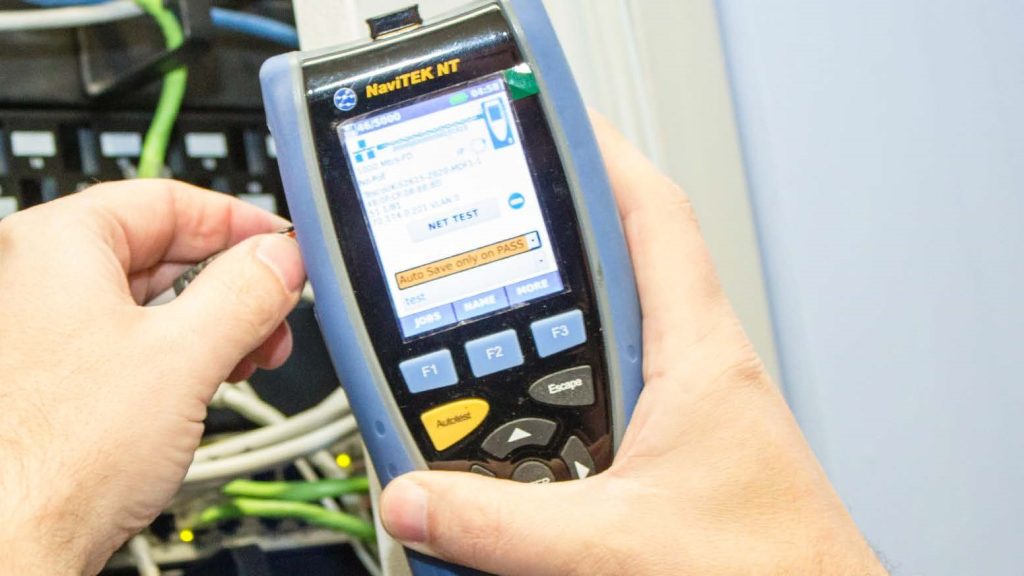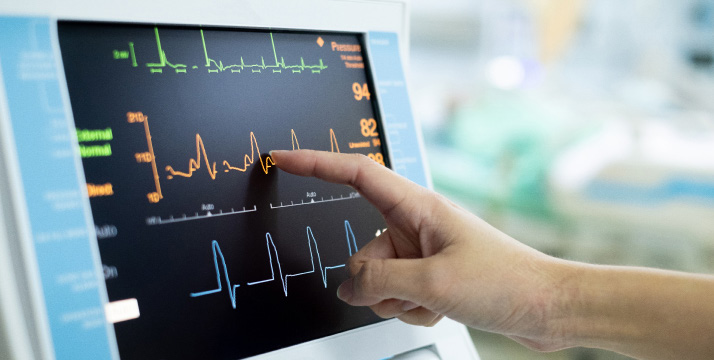The Advantage of Tier-2 Testing for Fibre Optic Cabling
When installing or maintaining a network, an OTDR (Optical Time Domain Reflectometer) is used to perform Tier-2 certification for fibre optic cabling.
The primary advantage of a Tier-2 test is that it provides information about each connection, splice and cable segment in the link and offers a graphical representation of the components and their performance.
An OTDR is unrivalled for troubleshooting because it creates a visual representation of the link allowing the operator to see the contribution of each component to the link’s total loss. Previously OTDRs were only used for troubleshooting in LANs because of their cost and complex operation. Today OTDRs are very easy to use and the costs have come down to a point where it is practical to use them for initial “turn-up” testing.
When certifying new cabling with an OTDR a snapshot is created, documenting the location and performance of every component at the time of installation. Should an issue arise later, a current OTDR test can be compared with the initial test to immediately identify what has changed in the cabling and the location of that fault.
An OTDR performs different measurements during a test. An OTDR classifies everything it “sees” as one of two categories of event – attenuation/non-reflective events or reflective events.
Attenuation events are those where power is lost going through the event and none is reflected back to the OTDR. Events that fall into this category are fusion splices, micro bends, macro bends and the fibre optic cable itself.
Reflective events are those where power is lost going through the event, and power is reflected back to the OTDR. Events that fall into this category are connections/bulkheads, mechanical splices, breaks in the fibre and the end of the fibre optic cable.
An OTDR will provide a number of very different looking traces when testing the same fibre depending on the OTDR’s wavelength, acquisition time and pulse width settings for each test. Ultimately, obtaining the perfect, single OTDR trace for a given cable is a matter of compromise that boils down to resolution (sharpness) versus dynamic range (max loss that can be measured). In some cases, there is no single setting that provides a perfect trace, so a cable may be tested with different settings providing two or more reports to capture every event.





